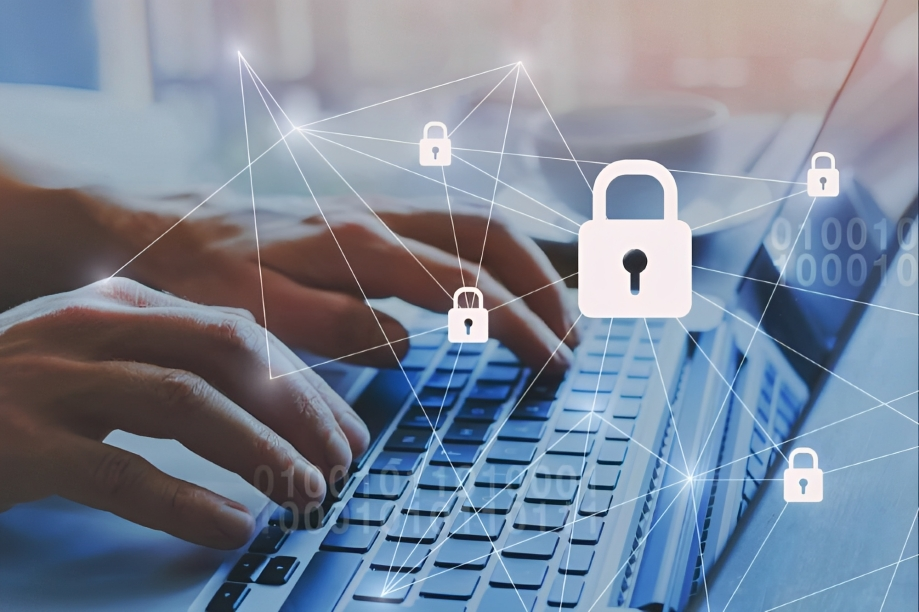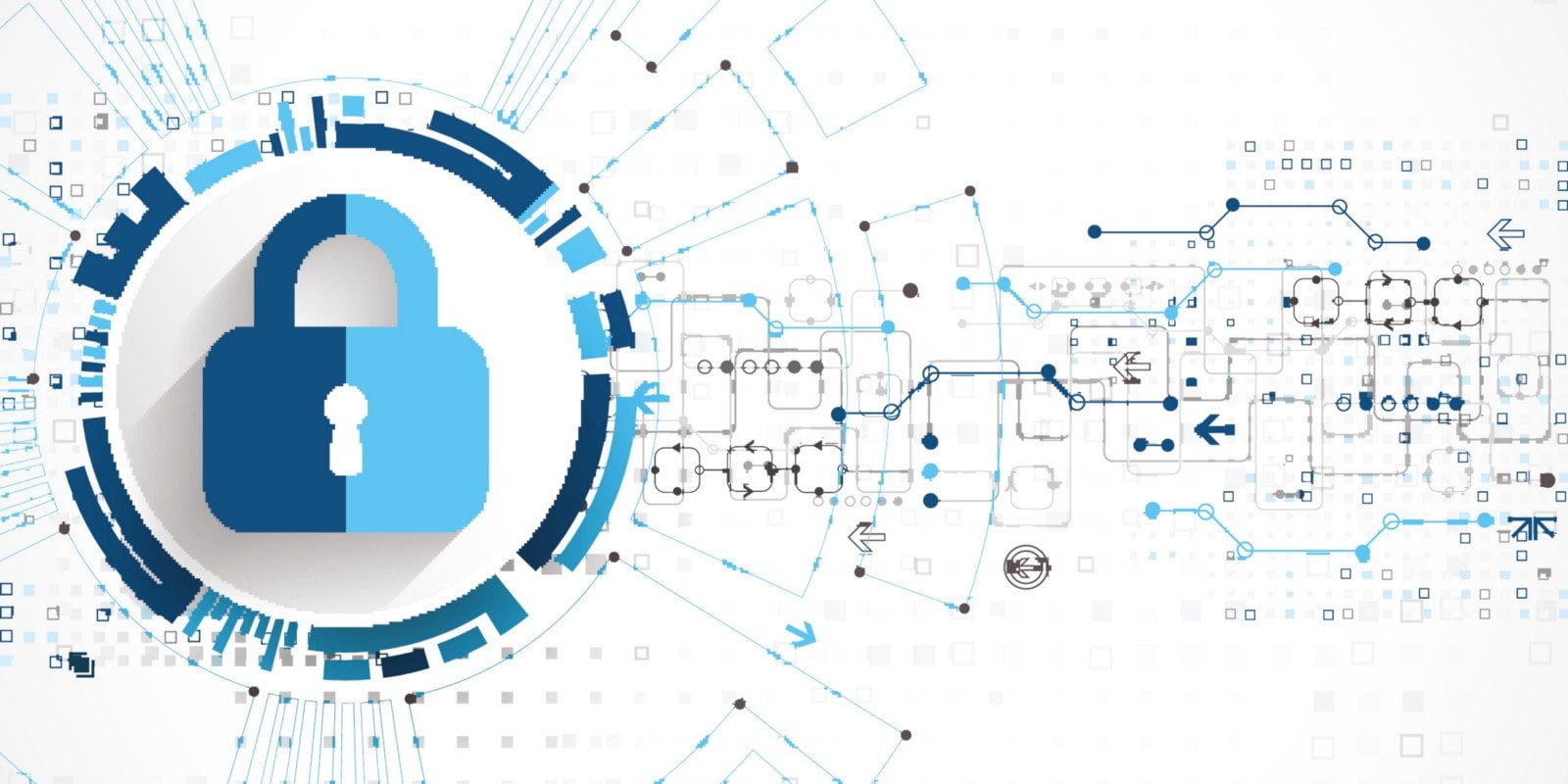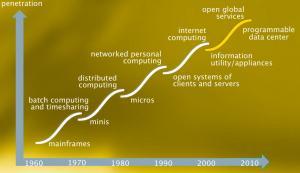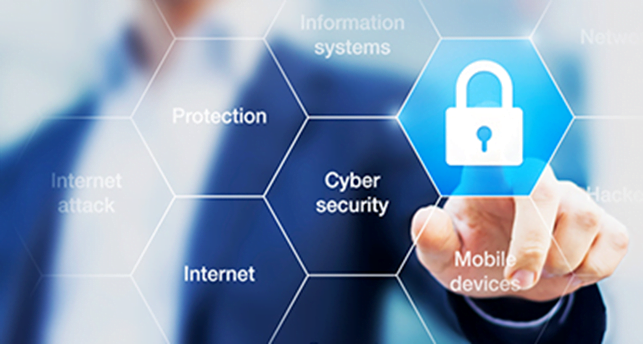In Programming, App development, Official Blog

Programming languages are the bedrock of software development, enabling programmers to create all sorts of novel applications that support our digital lives. At Jain Software in Raipur, we appreciate the importance of programming language to building stable software applications. In this post we’ll explore the rich ecosystem of programming languages and their importance for modern software construction.
The Foundation: Understanding Programming Languages
Programming languages are indispensable means of communication, a way for humans to pass instructions on how to perform their tasks. These help to translate human-readable code into machine executable instructions, telling computers what and how they should do.
1. Python: The Versatile Powerhouse
Blessed with its simplicity and readability, Python is a versatile programming language used in many different areas. Its simple syntax and complete libraries make it well suited to rapid application development, data analysis, AI operations and machine learning. As a highly flexible language with plentiful community support, Python is popularly used by both novices and veterans alike.
2. JavaScript: Driving Interactivity on the Web
As the basis for interactive web development, JavaScript provides developers with a way to create rich and responsive user experiences. JavaScript is a client-side scripting language, allowing seamless interaction on websites. It’s essential for front-end development work. JavaScript has come of age in the era of frameworks like React, Angular and Vue.js that now enable robust single-page applications (SPAs) and enhance user experience.
3. Java: Powering Enterprise Solutions
Scalable and platform independent, Java also continues to be an indispensable cornerstone in enterprise-level software development. The JVM and the “write once, run anywhere” philosophy keep it compatible between different platforms. With its strong typing system, performance (especially unparalleled in the Java world) and rich libraries for applications such as banking, e-commerce and Android app development.
4. Swift: Transforming iOS Development
Apple’s brainchild, Swift revolutionized iOS app development with its power, security and modern syntax. Swift, as successor to Objective-C, simplifies the development process and shows increased performance and readability. Robust and user-friendly features have made it popular among developers, encouraging them to build just such complete and rich applications for iOS.
5. C#: Empowering Windows Ecosystem
The versatile C# developed by Microsoft shines as the leading language in delivering applications within the Windows ecosystem. It allows rapid development of Windows applications, games and enterprise solutions through integration with the .NET framework. C# is highly suitable for development of Windows-centered applications, with its strong typing system and ease of scalability. It also provides wide support for object oriented programming.
Choosing the Right Language: Factors to Consider
Selecting the most suitable programming language for a project involves careful consideration of various factors:
Project Requirements: The appropriate language can be selected by evaluating the project’s needs, scalability and expected functionalities.
Performance: Some languages are particularly good for performance-critical applications, and some put a premium on ease of development.
Community Support: As development proceeds, a rich community and thorough documentation provide assistance.
Ecosystem and Libraries: Efficiency requires that we evaluate whether existing frameworks, tools or libraries are consistent with the language.
Adapting to Change: The Evolution of Programming Languages
The tech ecosystem is constantly changing, new languages are being born and existing ones transformed. Jain Software in Raipur is now kept informed of these developments, learning and adapting to modern paradigms and languages. With new languages, horizons expand and rapid-fire solutions take shape.
Conclusion
The languages of programming offer software developers the building blocks for revolutionary applications. Recognizing the importance of programming languages in our trade at Jain Software, Raipur we use them to implement powerful and original software solutions designed around what our clients want. Understanding the pros and cons of each language, we select only appropriate tools that deliver top-notch quality software driving success for customers.
In line with Jain Software’s vision for technological superiority and innovation in Raipur, this all-inclusive post looks at explaining the importance of programming languages to software development users.








 In this digital world, we are obsessed with the technology. Technology is changing every second. With the emergence of technology, the threats in the cybersecurity are increasing every day.
In this digital world, we are obsessed with the technology. Technology is changing every second. With the emergence of technology, the threats in the cybersecurity are increasing every day. Threats to organization
Threats to organization Banking, Financial Services and Insurance (BFSI): The BFSI sector is under growing pressure to update its legacy systems to compete with new digital-savvy competitors. The value of the customer data they hold has grown as consumers demand a more convenient and personalized service, but trust is essential. Some 50% of customers would consider switching banks if theirs suffered a cyber-attack, while 47% would “lose complete trust†in them, according to a recent study. A number of major banks around the world have already been subject to high-profile cyber-attacks suggesting that the sector needs to improve its approach to risk. Financial firms should invest in security applications that are able to adapt to the future of banking to ensure comprehensive, around-the-clock security. Shared Ledgers will feature prominently in the future of the BFSI sector, the best-known example of which is Blockchain, which forms the backbone of cryptocurrency Bitcoin. The blockchain is a database that provides a permanent record of transactions. It leaves an undisputed audit trail that can’t be tampered with, meaning it could completely transform security in the BFSI sector.
Banking, Financial Services and Insurance (BFSI): The BFSI sector is under growing pressure to update its legacy systems to compete with new digital-savvy competitors. The value of the customer data they hold has grown as consumers demand a more convenient and personalized service, but trust is essential. Some 50% of customers would consider switching banks if theirs suffered a cyber-attack, while 47% would “lose complete trust†in them, according to a recent study. A number of major banks around the world have already been subject to high-profile cyber-attacks suggesting that the sector needs to improve its approach to risk. Financial firms should invest in security applications that are able to adapt to the future of banking to ensure comprehensive, around-the-clock security. Shared Ledgers will feature prominently in the future of the BFSI sector, the best-known example of which is Blockchain, which forms the backbone of cryptocurrency Bitcoin. The blockchain is a database that provides a permanent record of transactions. It leaves an undisputed audit trail that can’t be tampered with, meaning it could completely transform security in the BFSI sector.


